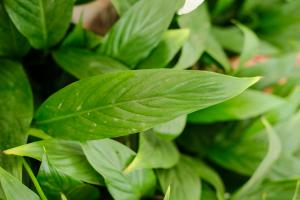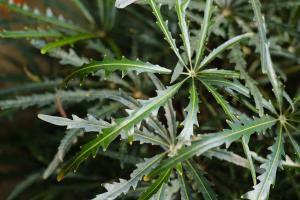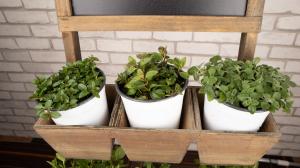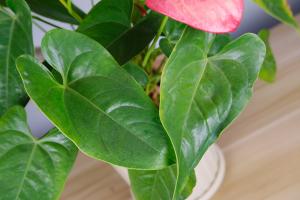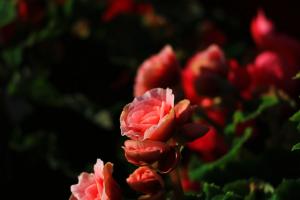1、 Breeding environment
1. Soil: select the soil suitable for Rose growth. Generally, loose soil with good drainage and ventilation should be used
2. Watering: don't water roses too much. If you water them frequently, rotten roots will appear, especially in cloudy and rainy weather with high humidity. Be sure to control the amount of watering
3. Fertilization: light fertilizer should be applied to it. If concentrated fertilizer is applied to it, it will burn its roots. Light water and fertilizer can be poured once in 15 days. Fermented rice washing water can be used. Generally, fertilization is not needed in the case of bright leaves
4. Light: roses need enough light to grow. Give them more than 4 hours of light every day. If they are placed in a place with poor ventilation for a long time, the leaves will turn yellow. When the temperature is low, it's best to put them indoors near the window
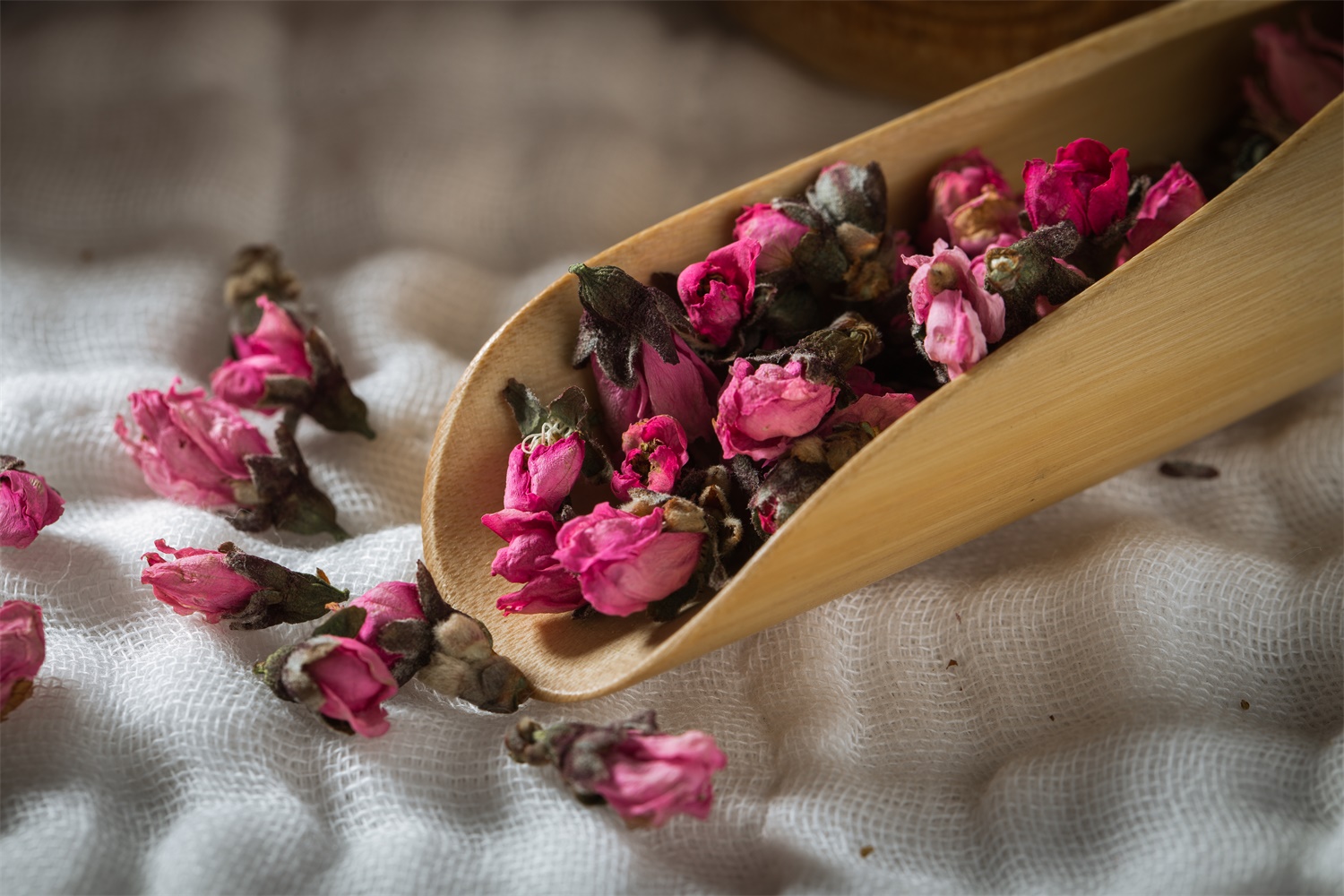
2、 Breeding method
1. Sowing and propagation: put the collected seeds in bags filled with sand and soil, heat them to 20 ℃ after a month, and then sow them after germination. When the seedlings grow 3-5 leaflets, they can be planted separately
2. Plant by plant propagation, cultivate the roots of roses, let each branch grow new roots, and cut the side branches that grow new roots when changing pots, so as to form new plants
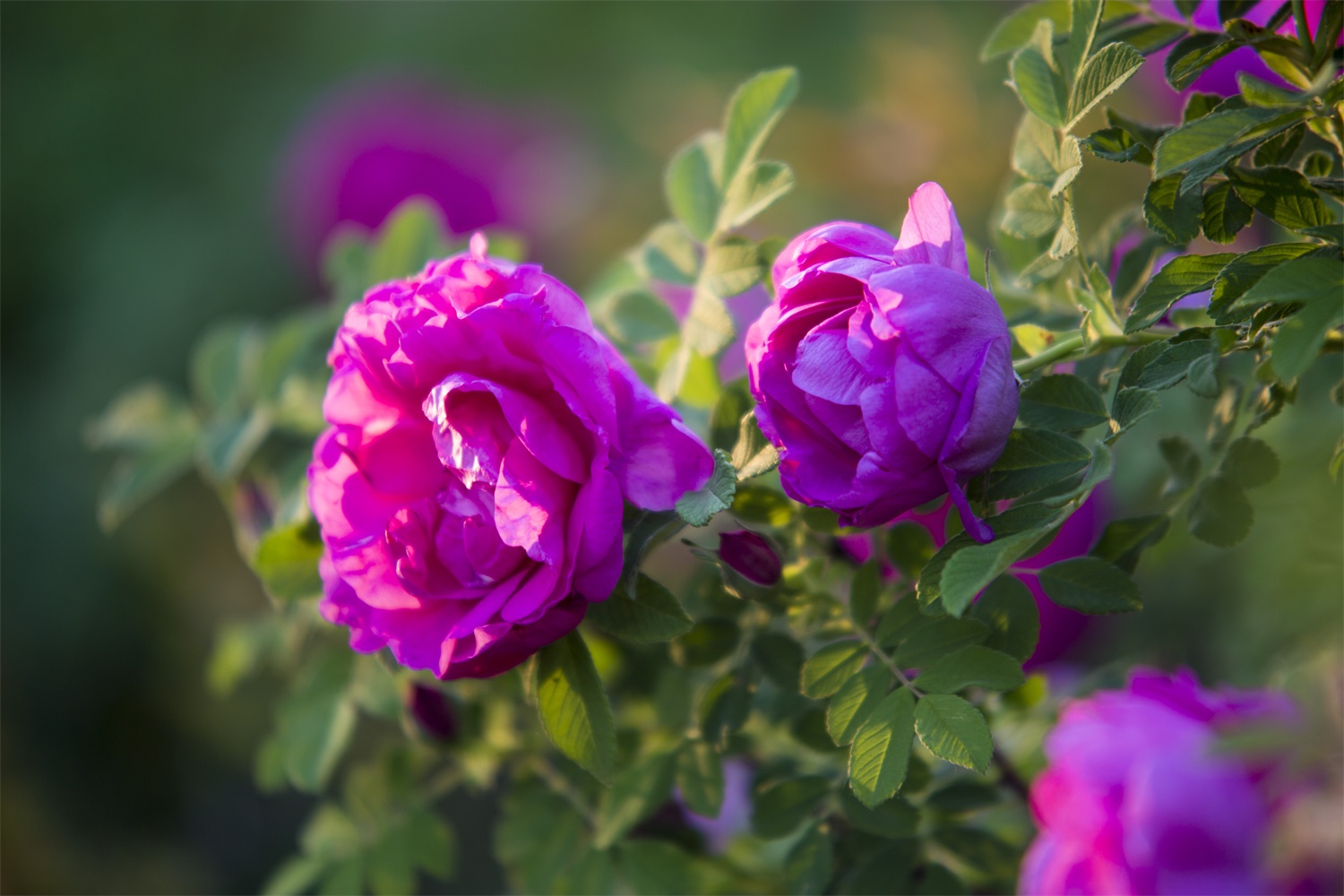
3、 Common diseases and insect pests
1. Scale insects: once they appear, they are difficult to deal with. At ordinary times, they should be placed in a well ventilated place, properly cut off the redundant branches and strengthen the ventilation. There should be no ponding in the basin soil. When there are spots on the branches, they should be scraped off in time. If the disease is serious, the whole branch should be cut off and sprayed with chemicals at the same time
2. Powdery mildew: after the disease, the leaves will bulge and there will be white powder. The disease is serious, and a layer of mold will appear in the flower buds and branches. It is necessary to spray the medicine regularly, and the branches and leaves of the disease should be cut off immediately, which can reduce the chance of disease transmission
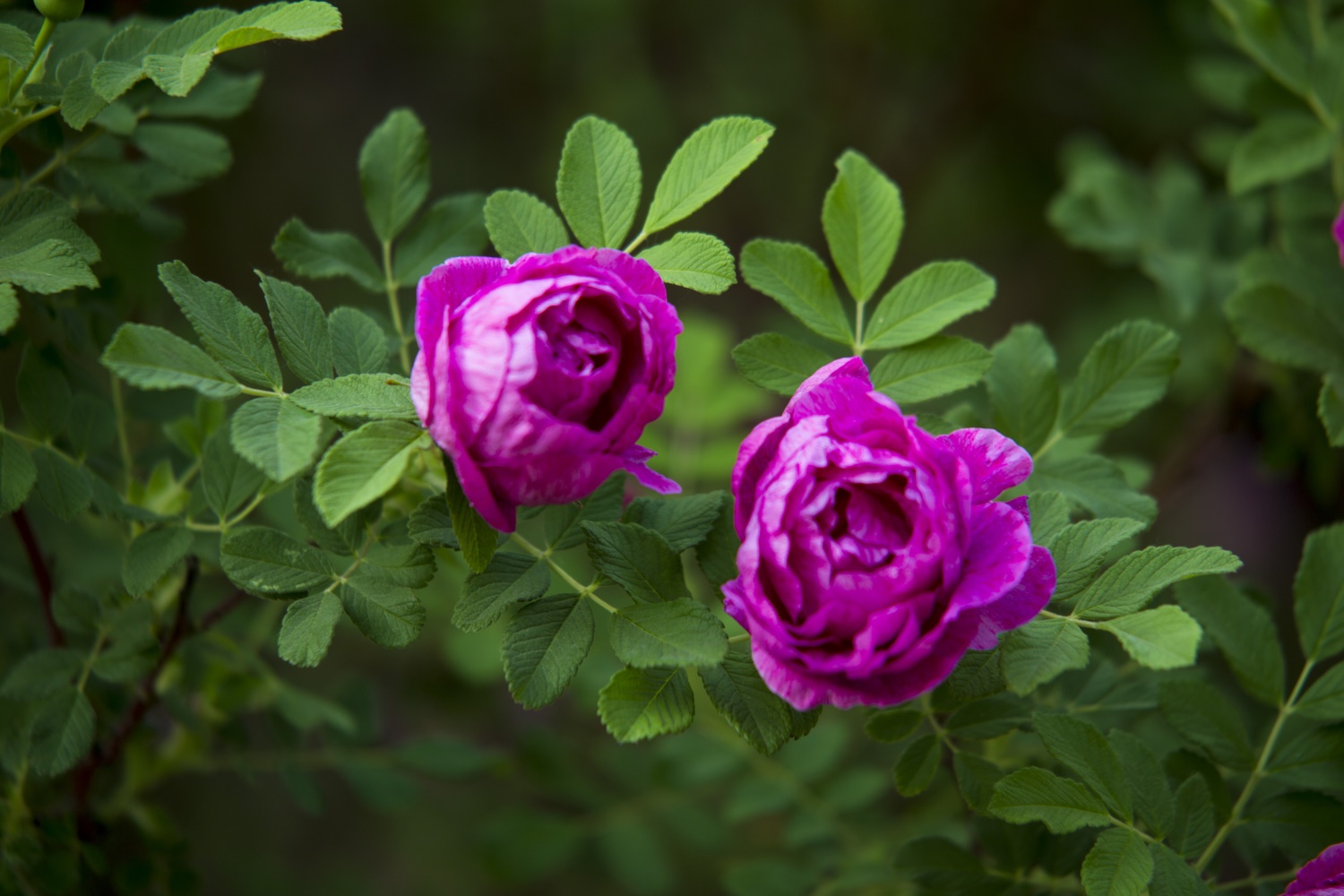

 how many times do yo...
how many times do yo... how many planted tre...
how many planted tre... how many pine trees ...
how many pine trees ... how many pecan trees...
how many pecan trees... how many plants comp...
how many plants comp... how many plants can ...
how many plants can ... how many plants and ...
how many plants and ... how many pepper plan...
how many pepper plan...